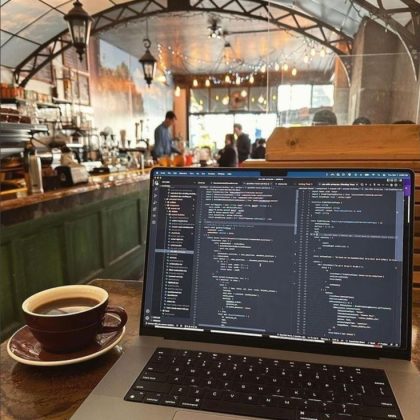Course Outline: Learn about Variables and Data Types
Module 1: Introduction to Variables
- What is a variable?
- Definition of a variable.
- Why variables are important in programming.
- How to use variables to store data.
- Example of working with variables
- A simple example with variables: storing user name, age, etc.
- Explanation of the syntax for declaring a variable.
Module 2: Data Types in Programming
- What are data types?
- Introduction to the concept of data types.
- The difference between data types.
- Examples of data types: integers (
int), strings (string), booleans (bool), floating-point numbers (float).
- Main data types
- Integers (
int): explanation of how to work with numbers (arithmetic, basic operations). - Strings (
string): working with text (string concatenation, string length). - Booleans (
bool): truth values, comparison operators. - Floating-point numbers (
float): working with decimal numbers, rounding, examples.
- Integers (
- Data types across different programming languages
- Comparison of data types in popular programming languages (e.g., Python, JavaScript, C++).
- Hands-on: how to declare data types in various languages.
Module 3: Type Conversion
- What is type conversion?
- Understanding when and why you need to convert data types.
- Examples of type conversion: from string to number, from number to string.
- Explicit and implicit type conversion
- The difference between explicit and implicit type conversion.
- Examples of type conversion in different languages.
Module 4: Practical Exercises with Variables and Data Types
- Exercises to reinforce knowledge:
- Write a program that uses variables of different data types to solve a simple task (e.g., age calculation, string length, etc.).
- Example task: Create a program that takes a user’s name and age and prints a greeting message.
- Working with arithmetic operations and strings
- Example: using variables to calculate the user’s age based on the birth year.
- Example: manipulating strings, creating formatted text with variables.
Module 5: Tips for Working with Variables and Data Types
- Best practices for naming variables
- Tips for choosing clear and meaningful variable names.
- Coding standards for variable names (camelCase, snake_case).
- How to handle data type errors
- How to avoid errors when working with variables and data types.
- How to interpret and fix type-related errors in code.
Module 6: Conclusion and Project
- Review of the material covered
- Recap of key concepts: variables, data types, type conversion.
- Discussion of practical examples and common mistakes that may arise during coding.
- Mini-project:
- Build a simple project using variables and various data types. Example: a calculator to compute the average score based on user input.
Additional Materials:
- Video tutorials: Videos explaining each module step by step.
- Tests and quizzes: Questions for self-check after each module to assess knowledge and progress




Reviews
There are no reviews yet.